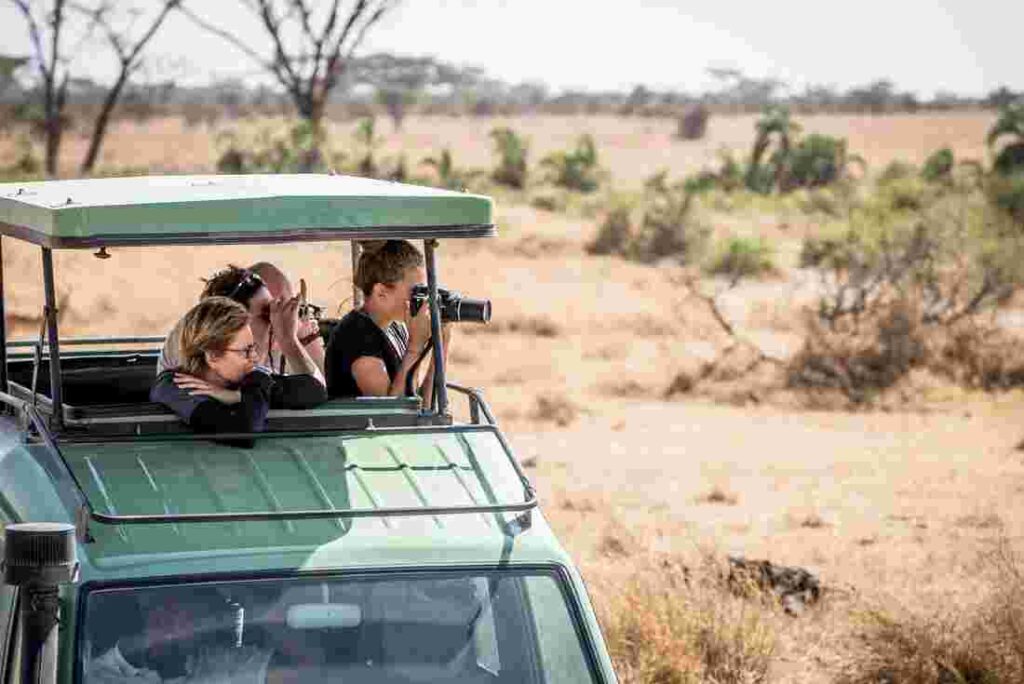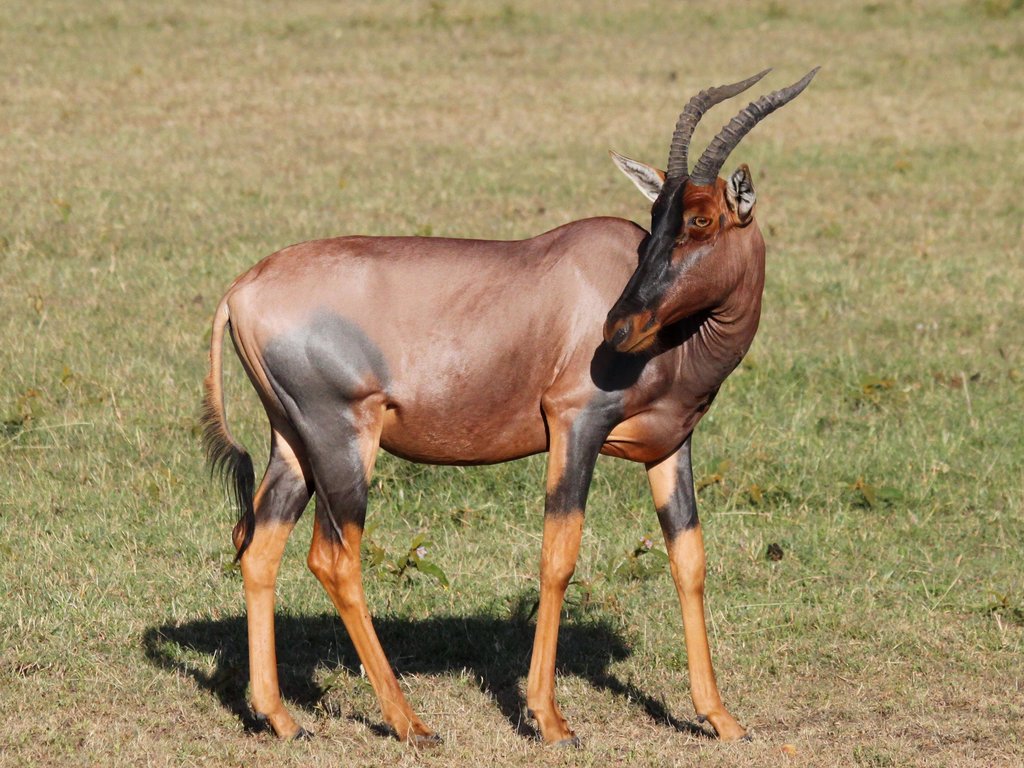Safari Costs
The cost of a safari in Tanzania can vary widely depending on various factors, including the type of safari, the duration, the level of accommodation, and the specific activities included in the package. Tanzania is renowned for its diverse wildlife and stunning landscapes, making it a popular destination for safari enthusiasts. Here are some general considerations regarding the costs of a Tanzania safari Types of Safaris: Budget Camping Safari: These are typically the most affordable options, involving basic camping accommodations and shared facilities. Mid-Range Safari: Involves staying in comfortable lodges or tented camps with better amenities and services. Luxury Safari: Offers high-end accommodations, personalized services, and sometimes exclusive access to certain areas. Duration of Safari: The length of your safari greatly influences the overall cost. Shorter safaris are generally less expensive than longer ones. National Parks and Game Reserves: Tanzania is home to several national parks and game reserves, each with its own entry fees. The more parks you visit, the higher the overall cost. Accommodations: The choice of accommodation significantly impacts the cost. Budget options may include tented camps or basic lodges, while luxury safaris may include high-end lodges or exclusive camps. Transportation: The mode of transportation, whether by land or air, can affect the cost. Some safaris include flights between parks, providing a more efficient but often pricier option. Activities: Additional activities such as hot air balloon safaris, guided walking safaris, or cultural excursions may be included in some packages, contributing to the overall cost. Time of Year: High season (dry season) usually means higher prices due to increased demand. Low season (wet season) may offer lower rates but comes with the possibility of rain and less wildlife visibility. Tour Operator and Guide Fees: The choice of tour operator can impact the cost. Established and reputable operators may charge more for their services. Park Entry Fees: Entrance fees to national parks and conservation areas are a significant portion of the overall cost. Inclusions: Some packages include meals, park fees, and other expenses, while others may only cover the basic safari experience. Many factors may affect your Safari Prices in Tanzania. These include Destinations, mode of accommodation, time of the year add-on safaris and mode of Transport being used during your Safari, and the number of pax. Park fees-this are fees paid directly to the park authorities so the client & the crew can proceed to the park, these fees are non-negotiable also cannot be avoided however travellers below 16 years of age do enjoy a discount. Some parks (like Serengeti & Ngorongoro crater) are priced higher than the rest: Entrance fees 60$ (71 $ vat inclusive) per person per day (Serengeti & Ngorongoro) Entrance fees 45$(54 $ vat inclusive) per person per day (Manyara, Tarangire, etc.) Camping fees 30$(35 $ vat inclusive) per person per night Concession fees (the equivalent of camping fees for lodging accommodation) 50$ per person per night Crew fees 2$ per crew per day Jeep fees 18$ per day Ngorongoro crater service per jeep is 250 $(295 $ vat inclusive), this is an additional cost on descending the crater separate from Ngorongoro entrance fees. It’s important to obtain detailed quotes from different tour operators, compare their offerings, and carefully review what is included in the package. Be sure to clarify any additional costs that may arise during the safari. Additionally, consider reading reviews and testimonials to ensure the chosen operator meets your expectations in terms of service and reliability. Tour Enquiry Enjoy an Array of African Tour Experiences Related Safari Tours




